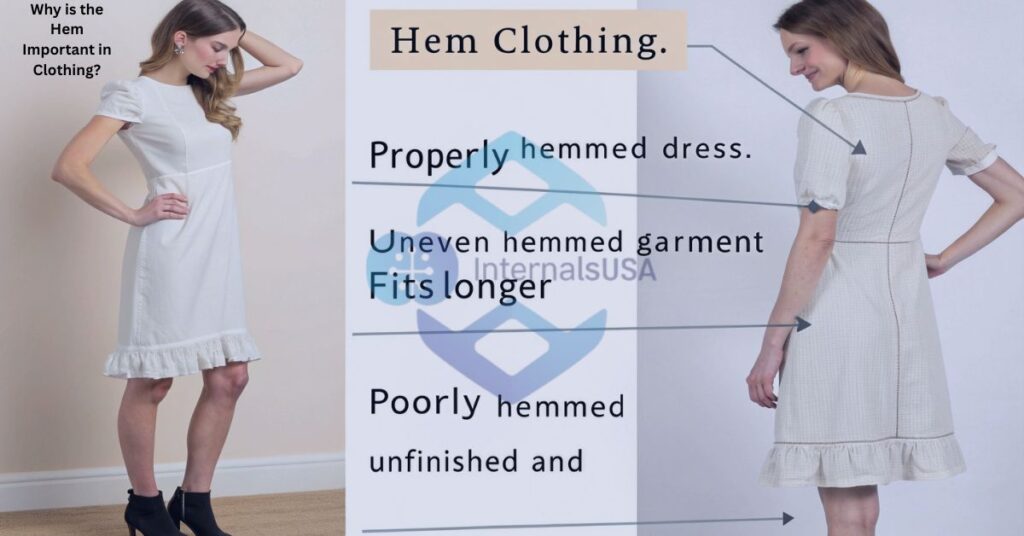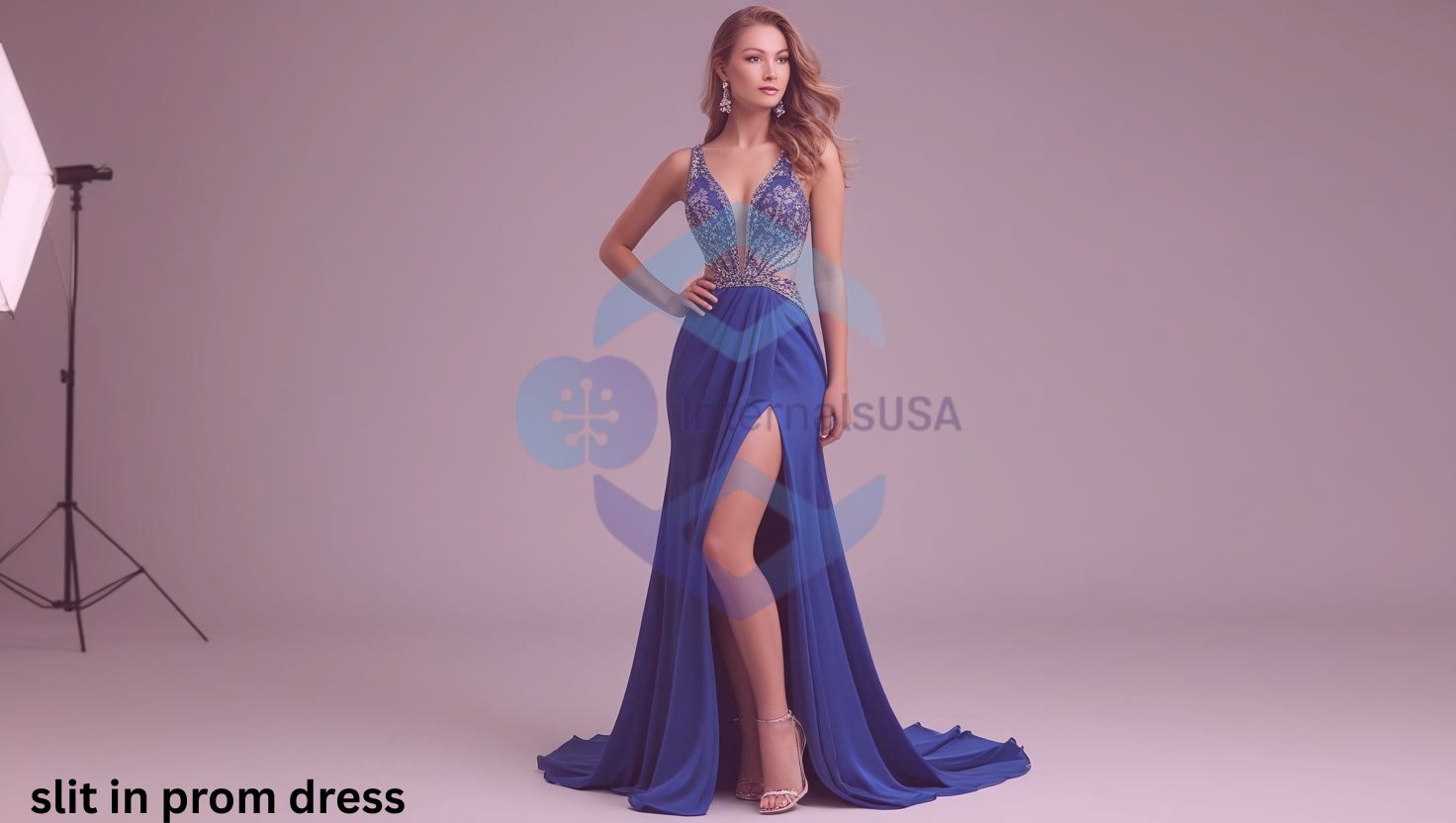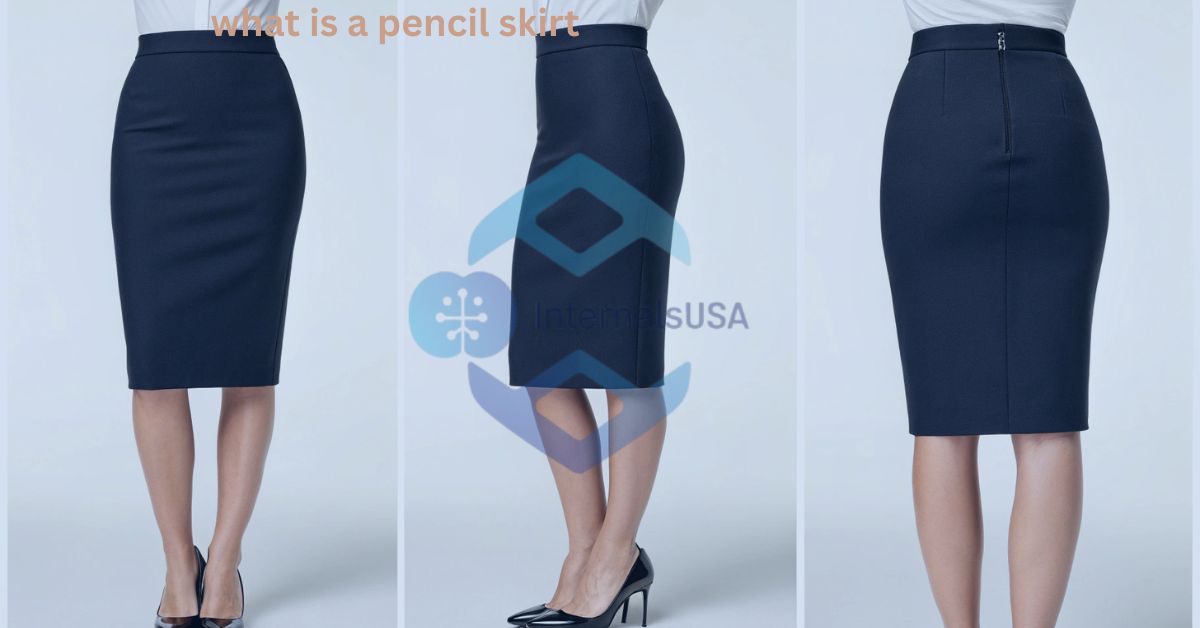Hem of a Dress – Discover the Secret to Perfect Outfits
The hem of a dress is one of the most important parts of any outfit. It may look like a small detail, but the hem decides the length, finish, and overall beauty of a dress. From evening gowns to casual wear, a properly stitched hem gives your clothes a polished and professional look. Many people face issues like uneven hems, fraying fabric, or choosing the right hem length for their body shape. This guide will explain everything you need to know about the hem of a dress in easy English.
You will learn its meaning, how it works, different types of hems, common problems people face, and how to solve them. By the end, you will know how to choose and style the right hem for your dresses. This detailed guide is designed to give you practical knowledge and long-lasting fashion confidence.
The beauty of a dress is in its details, and the hem holds the final touch of perfection.
What Does Hem of a Dress Mean?
The hem of a dress is the folded and sewn edge at the bottom of the fabric. It prevents the fabric from fraying and gives the dress a clean finish. Without a hem, the dress would look incomplete and untidy. In fashion, the hem also sets the length of the dress, whether mini, midi, or maxi. For many, the hem is not just stitching; it is the boundary that defines the entire style of the outfit.
Why is the Hem Important in Clothing?

The hem is important because it ensures durability, neatness, and shape. A dress with a poorly done hem often looks cheap and wears out quickly. On the other hand, a neat hem makes even a simple cotton dress appear stylish and elegant. The hem also controls comfort; for example, if it’s too tight, walking becomes difficult; if it’s too loose, it may not fall properly.
Types of Hem of a Dress
There are many types of hems depending on the fabric and style:
- Blind Hem: Invisible stitching, used for formal dresses.
- Rolled Hem: Tiny rolled edge, common in lightweight fabrics.
- Double-Fold Hem: Folded twice for extra strength.
- Decorative Hem: Adds beauty with lace or embroidery.
Each type serves a purpose and can completely change how a dress looks.
How to Choose the Right Hem Length
Choosing hem length depends on body type, occasion, and personal style.
- Short hems highlight legs, perfect for casual or summer dresses.
- Knee-length hems give a balanced, modest look.
- Floor-length hems create elegance for formal events.
Wearing the right hem length can make you look taller, slimmer, or more graceful.
Common Problems with Dress Hems
Many people face issues like:
- Uneven hems that make the dress look tilted.
- Fraying fabric when the stitching is weak.
- The wrong length is wrong, which makes the dress uncomfortable.
- Hems curling upward in lightweight fabrics.
These problems affect both the appearance and usability of the dress.
How to Fix Hem Issues at Home
Small problems can be solved with simple steps:
- Use fabric glue or hemming tape for a quick fix.
- Hand-sew small tears with matching thread.
- Re-iron curled hems with a pressing cloth.
- Use proper hemming techniques depending on fabric thickness.
Learning these small skills helps keep your dresses looking new for longer.
Hem Styles for Different Dress Fabrics
Not every fabric needs the same hem.
- Silk: Rolled or baby hem looks delicate.
- Denim: Double-fold hem for strength.
- Cotton: A Simple straight hem works best.
- Chiffon: Narrow or invisible hem for elegance.
The right match between fabric and hem ensures beauty and durability.
Fashion Trends in Hemlines

Over the years, hemlines have changed with fashion trends. In the 1920s, short hems were popular, while the 1950s celebrated full skirts with neat knee-length hems. Today, asymmetrical hems and high-low dresses are trendy. Fashion keeps reinventing hems, proving that this small detail is a big part of style evolution.
Professional Hemming vs. DIY Hemming
Many people wonder whether to hem at home or take it to a tailor.
- DIY Hemming: Saves money, is good for simple fabrics, and is a quick fix.
- Professional Hemming: Best for expensive fabrics, evening gowns, and perfect finishing.
Both choices are valid depending on the importance of the dress.
How the Hem Reflects Personal Style
The hem of a dress reflects personality. Some prefer short and playful hems, while others choose long and graceful ones. A simple change in hemline can turn one dress into something completely different. It shows that even small details can express who you are in fashion.
FAQs
What is the purpose of a hem on a dress?
hem prevents fabric from fraying, gives a neat finish, and sets the dress length.
Can I hem a dress without sewing?
Yes, you can use hemming tape or fabric glue for a no-sew option.
How do I know what hem length suits me?
It depends on your body type, height, and the occasion. Taller people can carry long hems easily, while shorter lengths work well for petite figures.
Why does my dress hem keep rolling up?
Light fabrics like chiffon or silk roll up when not ironed properly. Using a narrow stitch or hemming tape can fix this.
Is hemming permanent?
Yes, stitching is permanent, but you can adjust or redo hems if you need a new length.
Conclusion
The hem of a dress may look like a small detail, but it holds great importance in fashion. It decides the length, neatness, comfort, and overall beauty of the outfit. From daily wear to luxury gowns, a good hem is the mark of a well-made dress. By understanding types of hems, solving common problems, and choosing the right style, anyone can improve their dressing sense. Remember, fashion is not only about fabric and design; the finishing touch, the hem, is what makes your dress truly complete.
Also Read
polo ralph lauren trousers – Explore Styles
Types of Apparel: A Complete Guide to Style Choices
Sport, Lifestyle, and Recreation: Living Better Through Movement and Meaning








Leave feedback about this